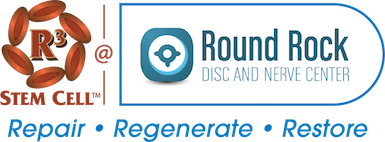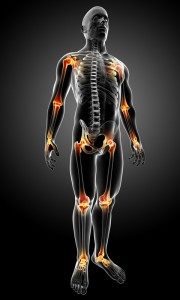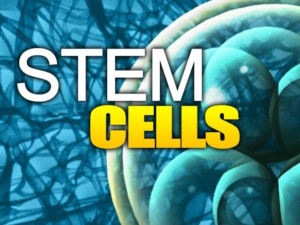Am Esch J S, 2nd, Knoefel W T, Klein M. et al Portal application of autologous CD133+ bone marrow cells to the liver: a novel concept to support hepatic regeneration. Stem Cells 200523463–470.
Gaia S, Smedile A, Omede P. et al Feasibility and safety of GCSF administration to induce bone marrow derived cells mobilization in patients with end stage liver disease. J Hepatol 20064513–19.
Gordon M Y, Levicar N, Pai M. et al Characterisation and clinical application of human CD34+ stem/progenitor cell populations mobilized into the blood by granulocyte colony stimulating factor. Stem Cells 2006241822–1830.
Hauser RA & Orlofsky A (2013). Regenerative Injection Therapy with Whole Bone Marrow Aspirate for Degenerative Joint Disease: A Case Series. Clin Med Insights Arth Musculoskelet Dis, 6, 65-72.
Wong KL, Lee KBL, Tai BC et al. (2013). Injectable Cultured Bone Marrow–Derived Mesenchymal Stem Cells in Varus Knees With Cartilage Defects Undergoing High Tibial Osteotomy: A Prospective, Randomized Controlled Clinical Trial With 2 Years’ Follow-up. Arthroscopy, 29(12), 2020-2028.




